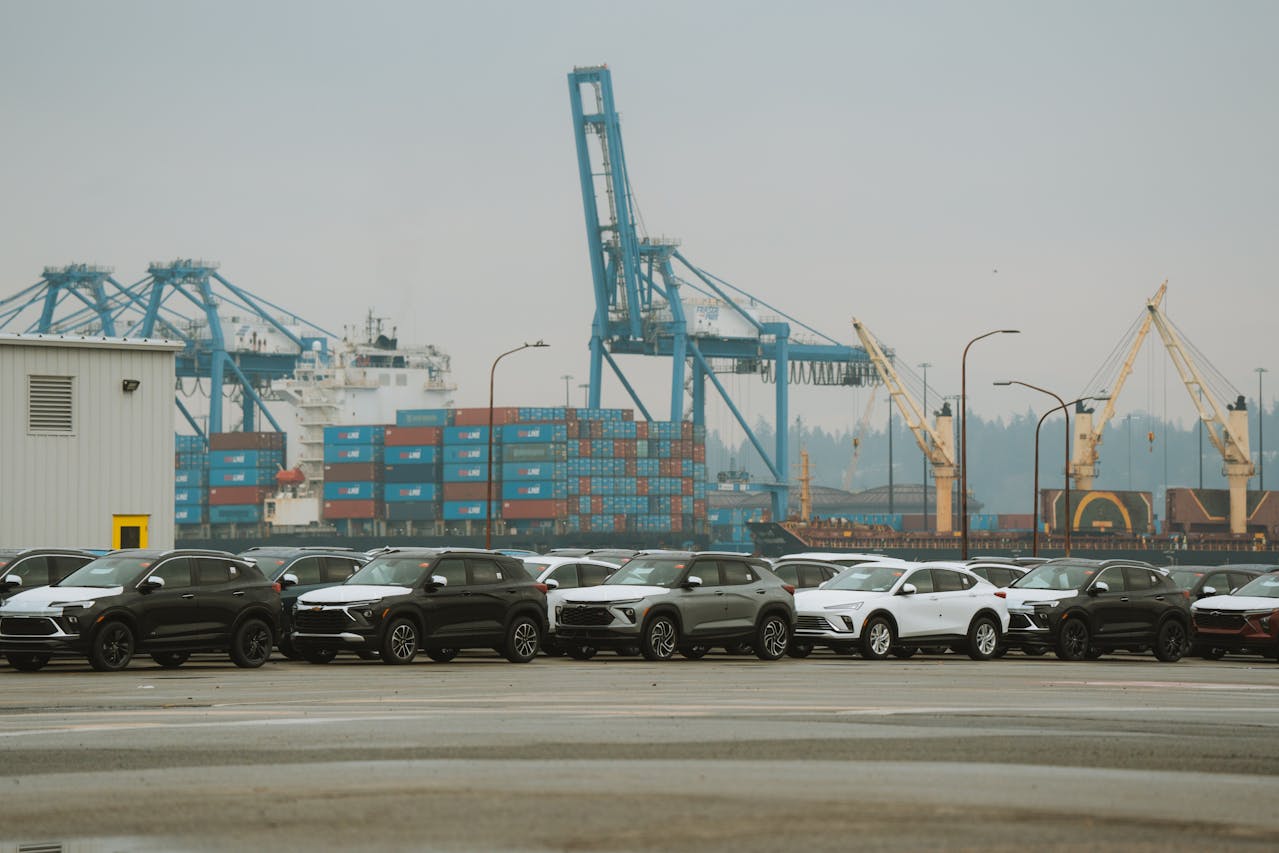Car shipping is a crucial service for many individuals and businesses, whether moving to a new location, purchasing a vehicle from another state, or facilitating a move for a military family. Understanding how the process works, the various options available, and the factors that affect pricing can help make your experience smoother and less stressful. In this article, we’ll delve into the essentials of car shipping, including key considerations, types of services offered, and tips for ensuring your vehicle is delivered safely and efficiently.
Understanding Car Shipping Services
Car shipping involves transporting vehicles from one location to another, often across long distances. Shipping options may vary greatly depending on your needs, the condition of the vehicle, and your budget. Experience is vital, so it’s important to choose a shipping company that has a strong reputation for reliability and professionalism. Look for companies that specialize in car transport and have established relationships with various carriers. Different car shipping services may offer various features, but it is essential to choose a provider that fits your requirements. For those that need shipping across vast distances, nationwide car shipping services cater to customers looking for assistance in transporting their vehicles across state lines or even beyond. Understanding the specific offerings available will allow you to make an informed decision.
Types of Car Shipping Options
When considering car shipping, it’s essential to understand the available options. Open transport is one of the most popular methods, where vehicles are transported on open trailers. This option is more economical than enclosed transport, which involves transporting vehicles in a covered trailer. While open transport is generally safe, it exposes vehicles to weather conditions, road debris, and other potential risks. Therefore, enclosed transport may be a more suitable choice for luxury or classic cars that need extra protection during transit. Another important factor is the distance of transport. Local shipping, regional shipping, and long-distance shipping all come with different processes and challenges. Local shipping typically requires less paperwork and shorter transit times. In contrast, long-distance shipping may involve more logistics, especially if the vehicle needs to cross state borders and comply with varying regulations.
Factors Influencing Car Shipping Costs
Understanding the elements that affect car shipping costs can be helpful in budgeting for your transport needs. The distance is one of the most influential factors; naturally, longer distances result in higher shipping fees. For example, transporting a vehicle from New York to California will typically cost more than moving it just across the state. Another major cost determinant is the type of transport you choose. As previously mentioned, open transport is often less expensive than enclosed transport. Other factors such as the size and weight of your vehicle also play a significant role in determining costs. Heavy trucks or SUVs may come with higher fees than smaller sedans. Additional factors, such as the time of year, can also influence pricing. Peak seasons, typically during summer and around holidays, may lead to increased demand for shipping services, thus impacting the cost. Conversely, utilizing car transport services during off-peak periods may provide potential savings.
Preparing Your Vehicle for Shipping
Proper preparation is crucial to ensure a smooth car shipping experience. Before handing over your vehicle, make sure to conduct a thorough inspection. Take note of any existing damages, document them with photographs, and ensure that your vehicle is in good working order. This not only helps you keep track of the condition of your car but can also protect you in case of disputes with the shipping company regarding damage during transit. Further, you should clean your vehicle inside and out to make it easier for inspectors to assess its condition. Remove any personal items and ensure the gas tank is no more than a quarter full to reduce weight. Lastly, make sure to disable any alarms or electronic devices, as these may inadvertently go off during transport.
What to Expect After Shipping
Once your vehicle has been picked up by the shipping company, you’ll likely be provided with an estimated delivery timeframe. It’s essential to understand that transportation times can vary based on factors like distance, weather conditions, and the number of stops required along the route. Upon delivery, inspect the vehicle thoroughly once again. Compare its condition to the documentation completed initially to verify if there are any new damages. If you encounter any issues, promptly contact the shipping company and initiate the claims process if needed. This swift action is essential to ensure any damages are addressed accordingly and to follow any potential protocols required by your transport provider.
Choosing the Right Shipping Company
With numerous options available, selecting the right shipping company can be overwhelming. Researching customer reviews, ratings, and testimonials can provide insight into the quality of service you can expect. Familiarize yourself particularly with companies’ insurance policies and ensure they offer adequate coverage in case of unexpected damages. Transparent communication is another crucial factor. The company you choose should provide clear information about their services, prices, and expected timelines without hidden fees. Moreover, inquire about their customer service availability to address any concerns or questions you may have throughout the shipping process.

Car shipping can be a complex process, but understanding the various aspects involved can make it significantly easier. By familiarizing yourself with the options available, the costs involved, and how to properly prepare your vehicle, you can streamline your shipping experience. Remember to do thorough research to find a reputable shipping company that aligns with your needs, and you’ll be well-equipped for your car transport journey.

















